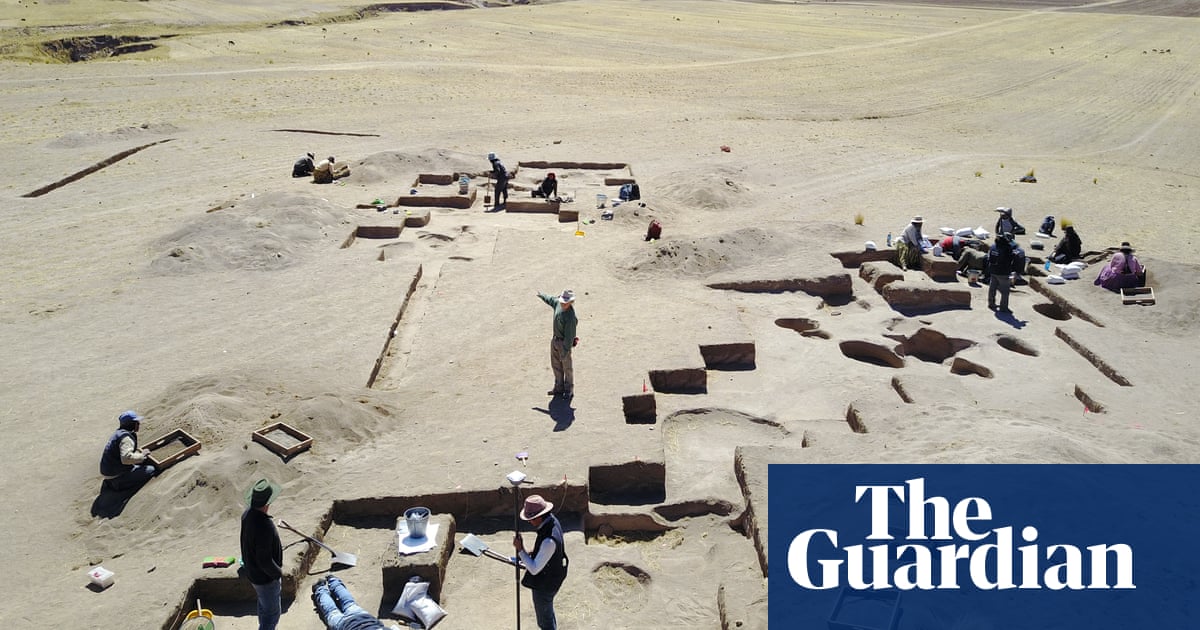
Hunting was dangerous and cost a lot of energy

And it’s not like you’d go out thinking “I am only going to hunt today!” or “I am only going to gather today!” I have to think that if you were on your own, you’d go out foraging, with weapon at hand to take down small game if it appeared, checking/setting traps along the way. Or if there were enough people in your group, a larger weapon for larger game. But you would always be gathering.

On a tad bit related note I remember reading that it was common for people to be buried with all of their possessions and that women occasionally had hunting equipment buried with them.
I’m just adding it here because I feel it’s connected to the idea that eating lots of meat is naturally manly. Apparently it’s just an exaggerated fantasy that’s part of our own modern culture and the reality seems to be that we were effectively ‘flexitarians’ and that women to some extent hunted too.
Open to pedantic replies 😁
This is the best summary I could come up with:
Early human hunter-gatherers ate mostly plants and vegetables, according to archeological findings that undermine the commonly held view that our ancestors lived on a high protein, meat-heavy diet.
The evidence, from the remains of 24 individuals from two burial sites in the Peruvian Andes dating to between 9,000 and 6,500 years ago, suggests that wild potatoes and other root vegetables may have been a dominant source of nutrition before the shift to an agricultural lifestyle.
“Conventional wisdom holds that early human economies focused on hunting – an idea that has led to a number of high-protein dietary fads such as the paleo diet,” said Dr Randy Haas, an archeologist at the University of Wyoming and senior author of the paper.
“Food is incredibly important and crucial for survival, especially in high-altitude environments like the Andes,” said Jennifer Chen, a PhD student in anthropology at Penn State University and first author of the paper, published in the journal PLOS One.
The researchers also found evidence of burnt plant remains from the sites and distinct patterns of dental-wear on the upper incisors of several individuals that indicate tubers, possibly wild potatoes, were the most prominent food source.
This view was partly driven by the archeological record, which is biased towards evidence of meat-eating because stone tools and butchered animal bones are much more likely to be preserved than plant remains.
The original article contains 507 words, the summary contains 228 words. Saved 55%. I’m a bot and I’m open source!
- intensely_human ( @intensely_human@lemm.ee ) English1•8 months ago
Ouch


